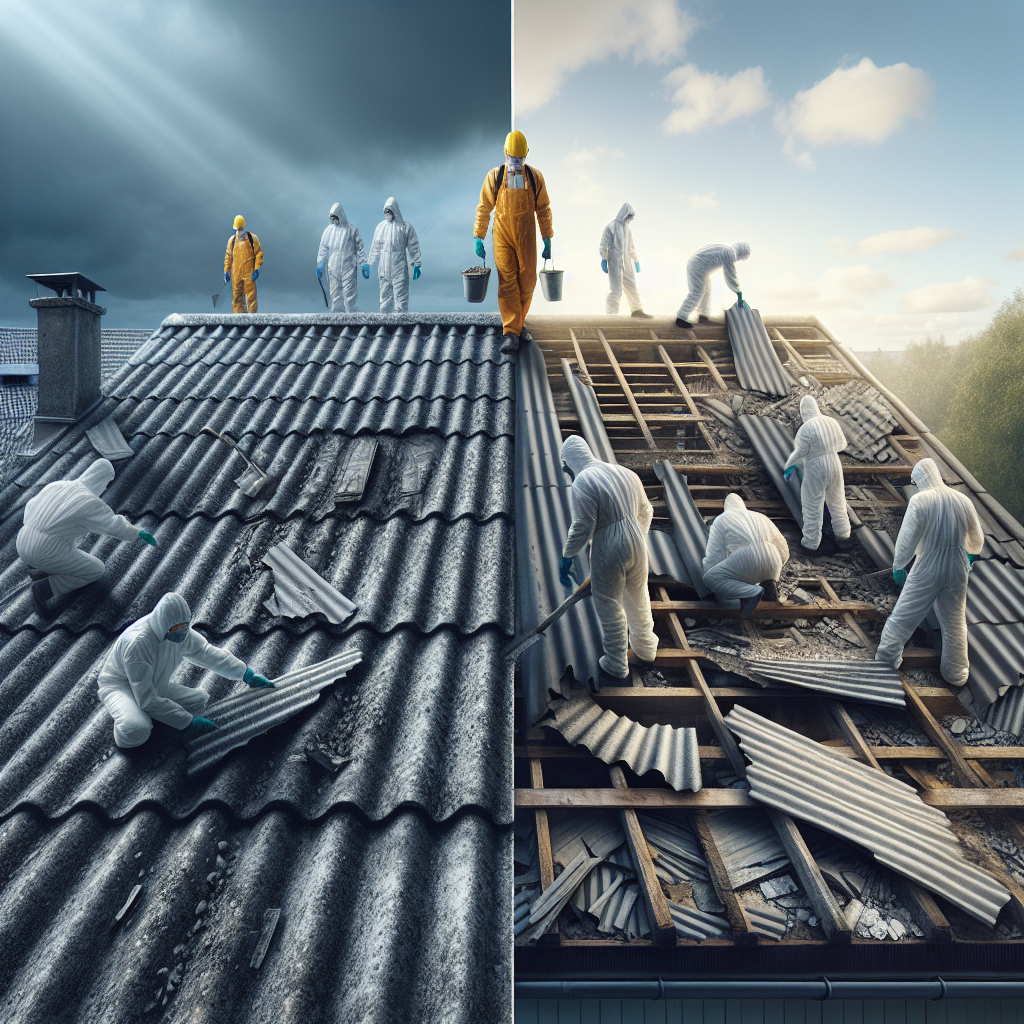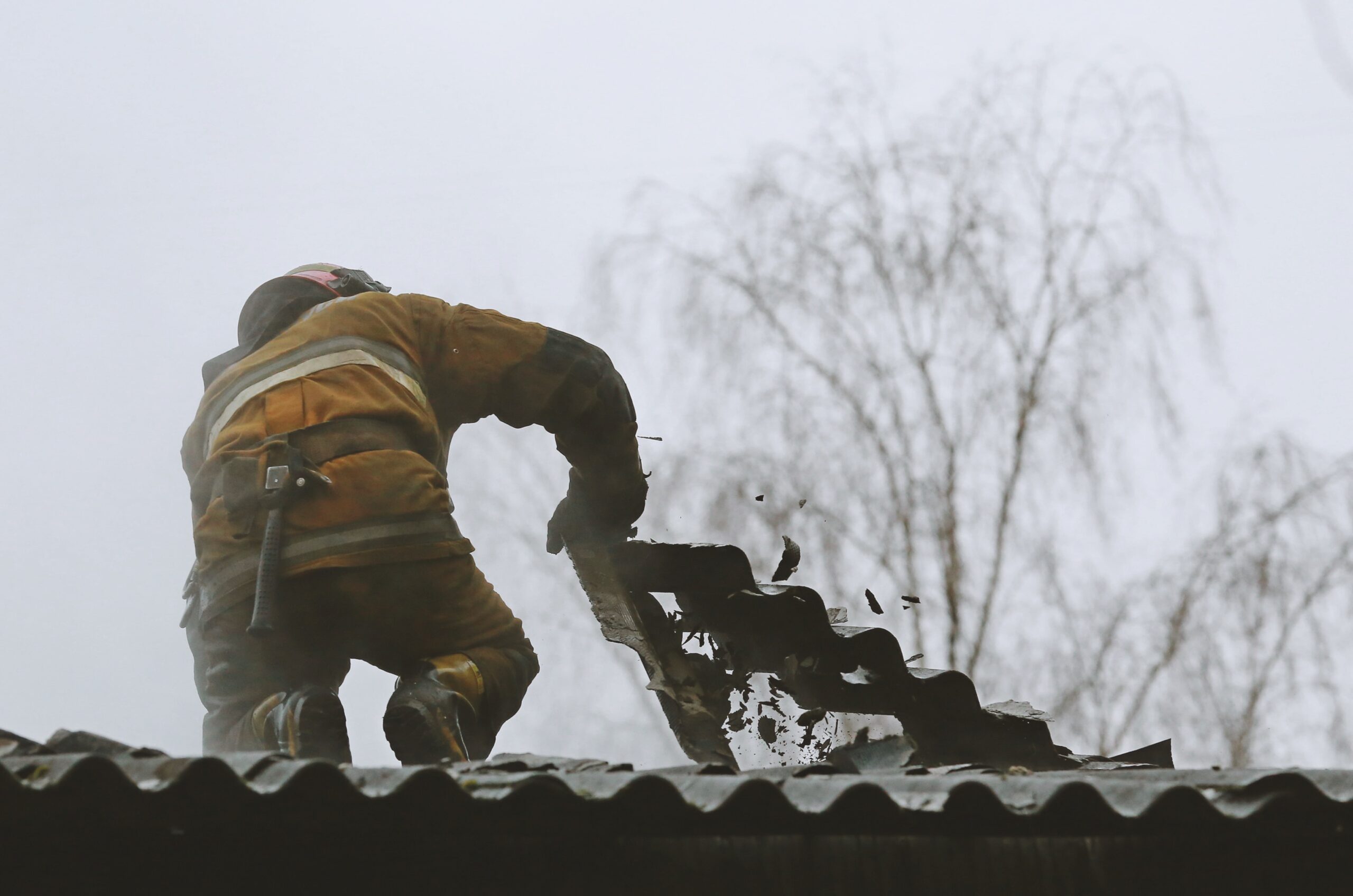
Asbestos roofs were widely installed in homes and commercial buildings several decades ago, prized for their durability and fire-resistant properties. However, with age, these roofs often conceal significant damage beneath their surface. Many property owners assume that an asbestos roof is safe and sturdy, but the reality is that hidden deterioration can lead to serious structural and health risks. Understanding why your old asbestos roof could be hiding such damage is crucial for maintaining a safe property and protecting the wellbeing of all occupants.
An asbestos roof typically consists of corrugated sheets made from cement mixed with asbestos fibers. These fibers provide strength and resistance to heat, making the material popular from the mid-20th century until asbestos was banned in many countries due to health concerns. Despite their strength, these roofs are not immune to the effects of weathering, moisture, and mechanical stress over time.
– Weather exposure causes surface erosion and weakening of cement material.
– Moisture ingress leads to internal breakdown, reducing structural integrity.
– Physical damage such as cracks and breaks exacerbates deterioration.
– Moss, algae, and lichen growth trap moisture and accelerate decay.
– Previous repairs or patchworks sometimes mask deeper issues.
These vulnerabilities often go unnoticed because asbestos roofs can appear intact on the surface for years before significant damage manifests.
Even subtle signs can point to more extensive internal problems. Look out for:
– Hairline cracks or larger visible fractures.
– Discoloration or uneven weathering patterns.
– Presence of moss or heavy biological growth.
– Sagging or deformation in roofing sheets.
– Rusting nails or fasteners loosening over time.
Issues such as leaks, damp patches inside the property, and drafts can be symptomatic of underlying roof damage. Importantly, these signs might appear only after considerable decay has taken place, making regular inspections vital.
Asbestos fibers are hazardous when airborne and inhaled. An intact asbestos roof generally poses minimal health risk. However, serious damage, cracks, and breakage can release dangerous asbestos fibers into the environment, especially during high winds or roofing maintenance.
– Lung diseases including asbestosis.
– Respiratory issues and chronic coughing.
– Increased risk of lung cancer and mesothelioma.
Given these risks, it is essential never to attempt DIY repairs on an asbestos roof without appropriate safety equipment and professional assistance.
Engage a qualified roofing or asbestos removal specialist to perform a thorough assessment. Professionals use specialised tools, including:
– Moisture meters to detect trapped dampness.
– Visual aids such as drones or binoculars for safe examination.
– Sampling and laboratory analysis where fiber release is suspected.
While a professional assessment is always recommended, homeowners can:
– Conduct visual inspections from the ground or accessible safe areas.
– Look for obvious signs like sagging, cracks, or moss.
– Monitor any leaks or internal damp areas.
– Avoid walking on the roof which can cause damage and fiber release.
– Keep records of inspection dates and findings for future reference.
Regular monitoring helps catch problems early before they escalate.
If damage is minor and fiber release risk is low, repair options include:
– Sealing cracks with specialised asbestos sealants.
– Replacing loose or rusted fasteners.
– Removing moss and biological growth safely.
Repairs must comply with asbestos safety regulations and use approved materials.
Replacing an asbestos roof is often the most effective long-term solution, especially when:
– The roofing material shows widespread deterioration.
– Structural integrity is compromised.
– Health risks from fiber release are significant.
Replacement involves safely removing asbestos sheets by licensed professionals, followed by installation of modern, non-hazardous roofing options such as metal, tiles, or composite materials. For further guidance on asbestos removal and disposal, visit the UK Health and Safety Executive site at www.hse.gov.uk/asbestos.
– Schedule regular inspections by qualified experts.
– Keep gutters clear to prevent water pooling.
– Remove biological growth promptly and safely.
– Avoid walking on the roof to minimize risk.
– Repair minor damages as soon as they appear.
Set up a regular maintenance log and budget for periodic professional checks to ensure your roof remains safe and functional over time. This reduces unexpected costs and health risks.
Your asbestos roof may seem durable on the outside, but hidden damage can threaten both your property’s stability and your health. Recognising signs of deterioration early and involving professionals is key. Whether you opt for repairs or a full replacement, prioritising safety and compliance ensures peace of mind.
If your property has an aging asbestos roof, don’t hesitate to seek expert advice to assess its condition. For trusted inspections, repairs, or removals, contact us at info@garageroofcompany.co.uk to protect your home and your family today.








Select the service that best matches your needs
Get your free no-obligation quote today